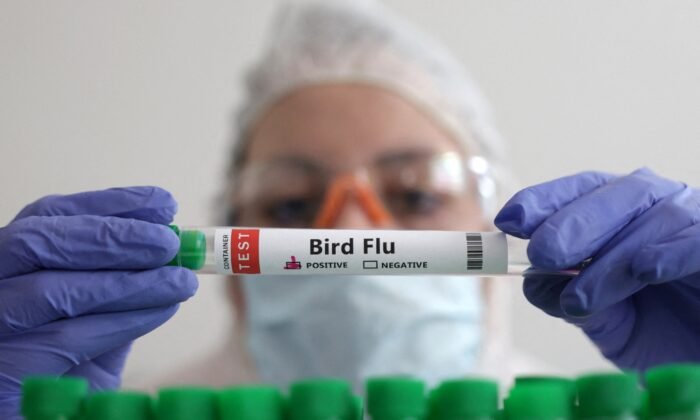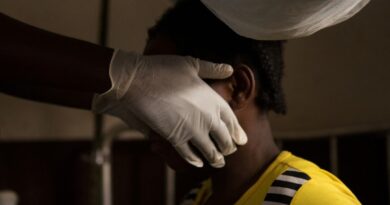Australia Reports Human Case of Bird Flu to the WHO for Detection
As part of a batch, samples of Influenza A were sent to the World Health Organisation (WHO) for further characterization.
Australia’s first case of bird flu H5N1 was sent to the WHO for further characterization before being officially identified.
This discovery followed the identification of an Avian Influenza A (H5N1) case in a two-and-a-half-year-old child who had recently traveled to India.
A referral hospital in Melbourne, Victoria, confirmed the presence of influenza A in a nasopharyngeal swab and endotracheal aspirate taken on March 6 and 7. The samples were then submitted to the WHO for analysis.
The genetic sequence of the virus obtained from the samples confirmed the subtype A(H5N1) and indicated that the haemagglutinin (HA) gene belonged to clade 2.3.2.1a.
This particular variant is commonly found in South-East Asia and has been previously detected in both human infections and poultry.
Monitoring and Investigation Team
The Australian federal health department established a “monitoring and investigation team” (MIT) as mentioned by the WHO in their statement.
The WHO reported that the monitoring team meets regularly, adjusting the frequency as necessary.
Currently, the MIT convenes weekly to evaluate the ongoing risk related to the highly pathogenic avian influenza situation in Australia based on the confirmed case of H5N1 in Victoria and international HPAI outbreaks.
The National Incident Centre within the department has been deployed to oversee the response to bird flu.
Bird flu, caused by various influenza type A viruses primarily affecting birds, can vary in pathogenicity, as explained by Professor Cassandra Berry from Murdoch University.
She added, “If the cleavage of the HA protein by proteases is more efficient, the virus is likely to be more pathogenic.”
Australia’s First H1N1 Bird Flu Case
In late May, the Victorian Department of Health announced the first human case of avian influenza in Australia.
The case involved a child who contracted the infection in India and fell ill in March 2024. The avian influenza virus was detected through further testing of influenza samples as part of Victoria’s enhanced surveillance system.
Chief Health Officer Dr. Clare Looker confirmed that the child experienced a severe infection but has since recovered fully.
The advisory emphasized that human-to-human transmission is rare with avian influenza and the risk of additional cases is very low due to limited human-to-human spread.
Victorian health authorities recommended the seasonal flu vaccine to minimize the risk of new virus mutations.
While the seasonal flu vaccine does not protect against avian influenza, it can prevent the emergence of new virus strains that may arise from the combination of highly pathogenic avian influenza with seasonal influenza.
The importance of seasonal influenza vaccination was highlighted, particularly for at-risk groups like poultry workers and travelers visiting outbreak-prone areas.
Additionally, the jab is recommended for everyone aged older than six months to prevent influenza and its complications.
Professor Paul Kelly, head of the interim Australian Centre for Disease Control, commented on the human H5N1 case detected in Australia on May 23.
He added that the CDC is collaborating closely with the Australian Government Department of Agriculture, Fisheries, and Forestry to monitor the threat posed by the global spread of A(H5N1) in animals and birds.
Meanwhile, Australian Health Minister Mark Butler met with WHO Director-General Tedros Adhanom Ghebreyesus in Geneva to discuss pandemic agreements and negotiations on International Health Regulations (IHR) amendments.





